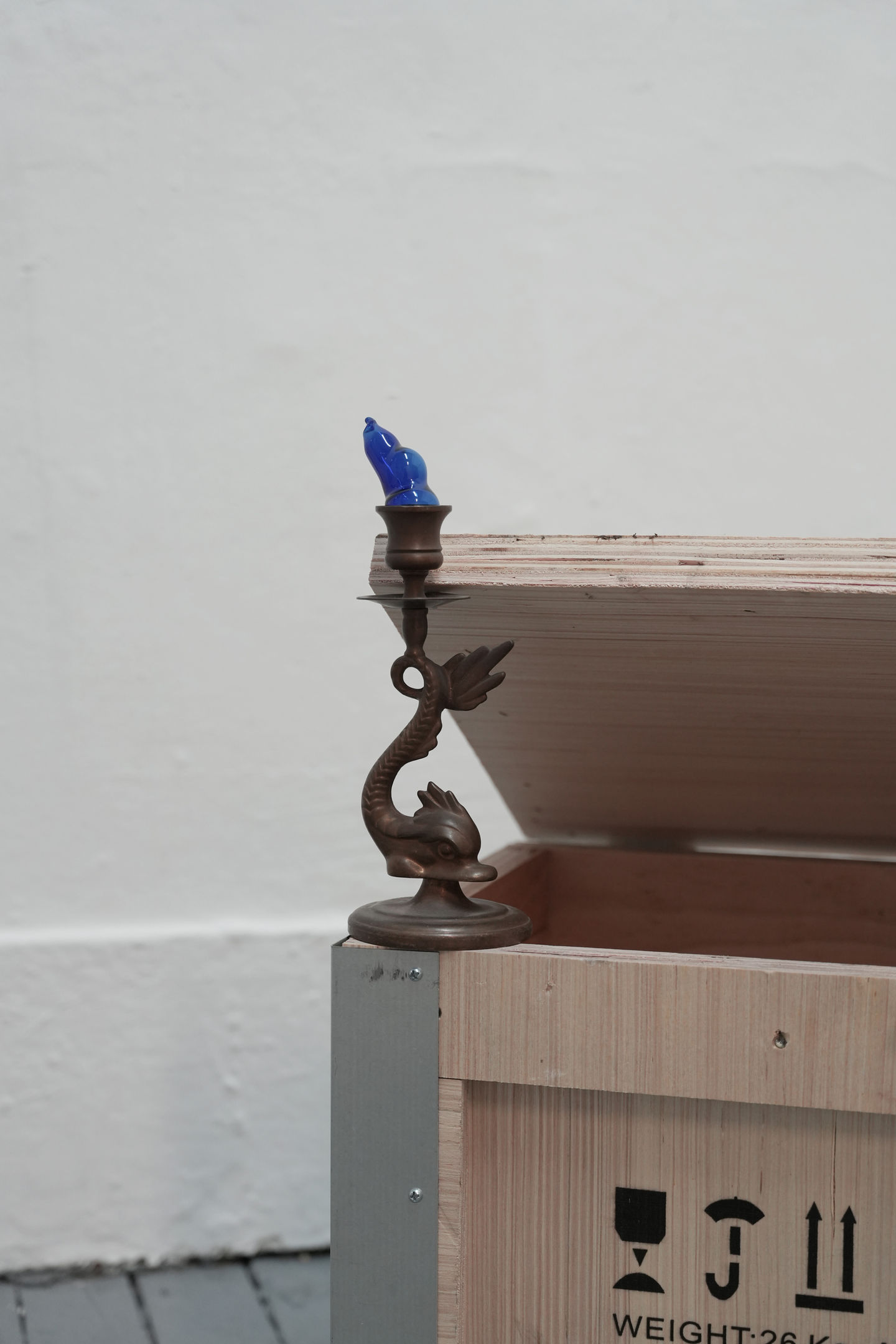Create Your First Project
Start adding your projects to your portfolio. Click on "Manage Projects" to get started
breeding migration exp.2
In this piece, I want the audience to experience the feeling of becoming a fish. According to the investigation in Water Frontier, these artificial borders make me realize that fish can serve as a metaphor for each individual, prompting us to rethink the elements that make up our independent selves. Additionally, I aim to reevaluate bureaucracy, exploring what can define us as a so-called "safe" person, what can "allow" our migration, and what can "define" us and determine our freedom.
In exploring the concept of freedom, I draw from the perspective of a borderless existence, comparing it to the constrained realities faced by farmed salmon. Scientific research suggests that our bodies regenerate all their cells every 7 to 10 years. If this theory holds true, then as someone born in China who has lived in Japan for about 10 years, my body—regenerated from cells nourished by Japanese ingredients—should be considered "Made in Japan." However, despite often being told that I am "no different from a Japanese person," whenever I struggle with visa issues, the clear sense of restriction from not holding Japanese nationality and the questions about my self-image come to the forefront.
When considering cell regeneration through local ingredients, this piece explores the freedom of movement and juxtaposes it with the continuity of national identity. It provokes thought on how reducing an individual to a single form of identification is similar to the labeling and confinement of farmed salmon. The work implies that an individual’s identity should not be reduced to a singular category of “nationality.” Furthermore, the piece invites reflection on the restrictions imposed by social structures and legal frameworks, which often limit individual autonomy and perpetuate a sense of confinement despite a universal desire for freedom. I hope to emphasize the value of revisiting the perspective of individual existence and borders beyond the framework of nationality.
Additionally, I have utilized reclaimed antiques in my piece. Reclaimed antiques refer to objects that have been returned to their original context or purpose after being lost, discarded, or forgotten. By incorporating these items, I am prompted to reflect on their history, movement, and unique characteristics. Each piece carries stories of migration and transformation, much like our own identities. To bring these antiques into a contemporary context, I have recreated them using modern materials, such as casting a wooden antique in glass. This fusion of old and new highlights the ongoing dialogue between history and the present, inviting the audience to consider how our identities are shaped by both our heritage and our current experiences.
To me, freedom is a matter of choice—the ability to become the individual one wants to be while recognizing both one’s own uniqueness and that of others. In this context, I have incorporated many edible materials into the work, such as collecting discarded fish skins from fishmongers each week to create leather, upon which I print my passport, as well as using squid to craft a bottle. Through this work, I seek to explore the extent to which we are truly free and how much of our identity is genuinely our own. In this way, I hope the audience can reflect on their own position and identity in contemporary society and how to seek true freedom within complex systems.


























